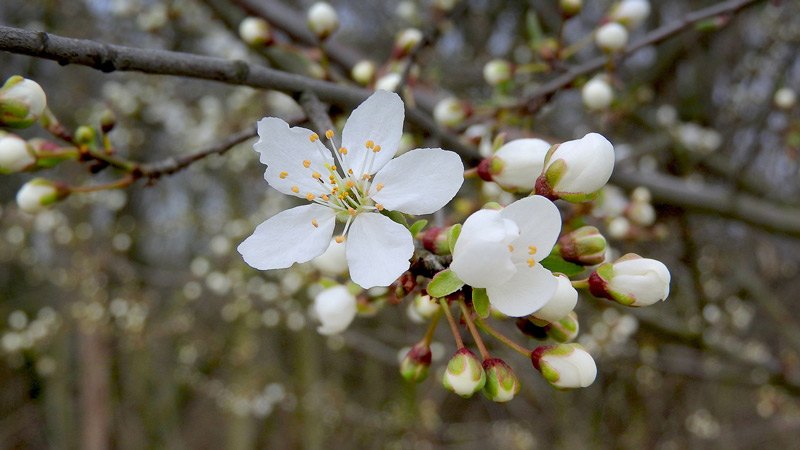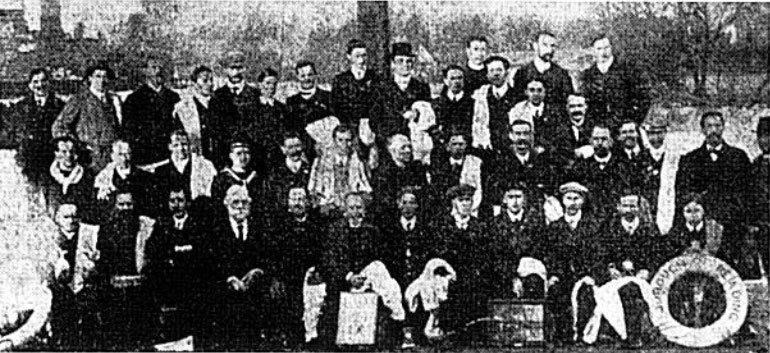I threw a picnic in our garden the other day. We were busy with all…
Three less known English Christmas customs
English Christmas Customs have been discussed in this post already and I believe most of the traditions and customs are known by now. However, I found three less known English Christmas Customs which I am going to present in this post.
The Holy Thorn
Each year, at Christmas a sprig of Holy Thorn from the garden of the church of St John the Baptist in Glastonbury is sent to Her Majesty the Queen. The unusual tree is called the Holy Thorn which blooms twice a year: once around Easter and once around Christmas.
The tree is associated with the legend of Joseph of Arimathea who was accused of stealing Jesus body after his resurrection. After he escaped from prison, he went to England with 12 friends. When they arrived to Glastonbury, he planted his staff in the ground while he rested. When he woke up, the staff grew into a miraculous tree.
The custom of sending a holy thorn dates before the Reformation. The Abbot of Glastonbury sent a spray of flowering thorn for the monarch as a sign of his loyalty. During the Civil War, Cromwell’s soldiers cut down the thorn, but locals kept some cuttings and they planted them later.
The tradition was reintroduced in 1929 when a sprig of Holy Thorn was sent to Queen Mary for Christmas. Since then the monarch always got one sprig for Christmas and until 2002 two sprigs were sent to the Royal Family, one for Queen Elizabeth II and one for the Queen Mother.
The Holy Thorn blooms for weeks and is either kept on the royal dining table at Christmas or decorates the Queen’s desk at Sandringham.

Mistletoe on the altar
The only cathedral in England where beside holly also mistletoe is hung on the altar at Christmas is York. That’s because the mistletoe is connected with the Druids, York and the North of England.
In the North of England, mistletoe grows on apple, poplar, lime and hawthorn trees. Druids believed that the mistletoe kept away evil spirits and it was a sign of friendship as well.
Because of its pagan connotations, the church banned the mistletoe from churches. Not in York! In York they considered mistletoe to be the symbol of repentance and pardon. They even held a Mistletoe Service in winter, where people who did something wrong could seek for forgiveness.
The Mistletoe Service did not survive, but a sprig of mistletoe is still hung on the altar at Christmas in York Minster.

Christmas Swimming
The English are quirky and eccentric, we all know that by now. No surprise that they introduced a rather unusual Christmas custom at the beginning of the 20th century. The Reading Winter Bathers‘ Club decided to swim in the Thames on Christmas Day, no matter what the weather is. The custom was put on hold during the Great War and sadly (or not) the custom was never reintroduced.





Comments (0)